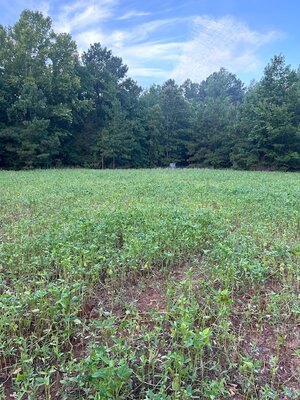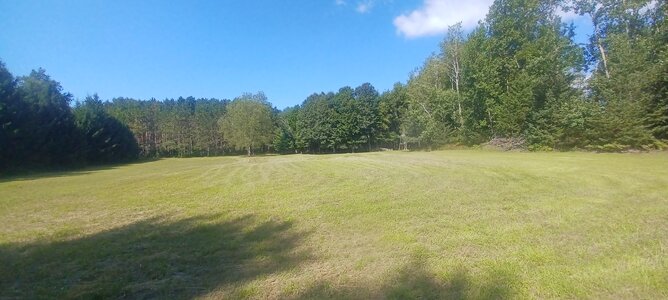yoderjac
Well-Known Member
My field is just a mix of buckwheat an sunn hemp planted this spring. I mix my own.Dry creek did you use a specific summer release from green cover. FYI. You might want to look into albert lea seeds and find a dealer near you. Bet you will be saving over 50 percent on 50 pounds. I tried cc6 summer release will check on it tomorrow and upload pictures



